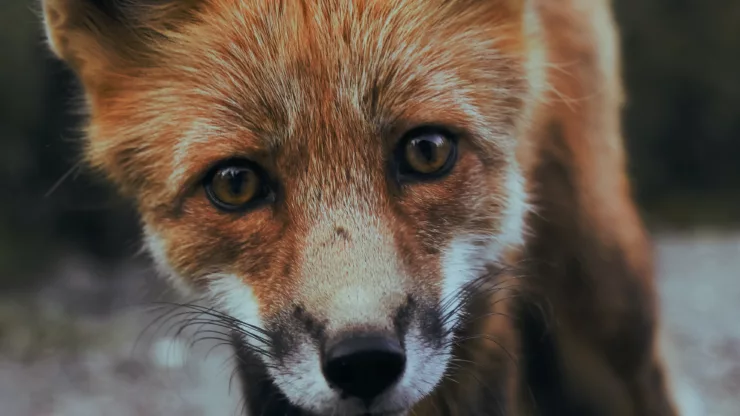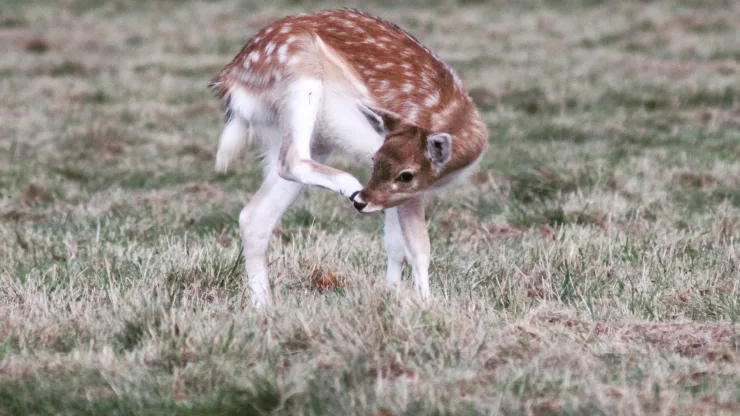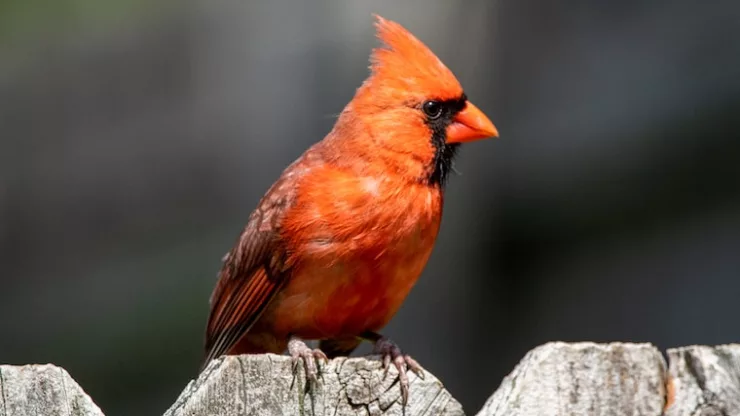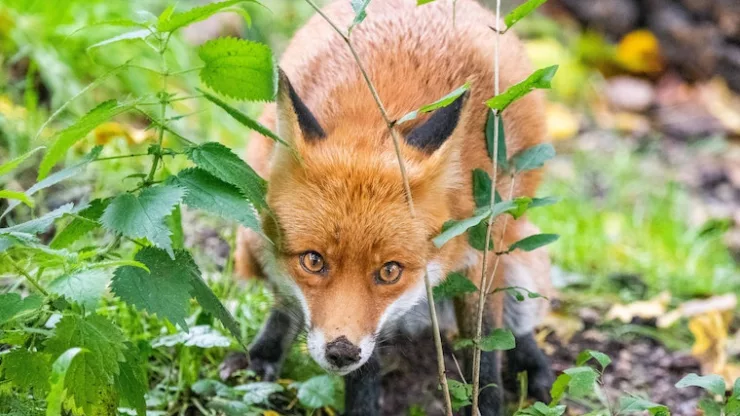Jump to Section
An Overview of Urban Wildlife Rehabilitation in India
India is home to a diverse range of wildlife, from tigers and elephants to smaller animals like squirrels and birds.
However, urbanization and human activities have led to a significant increase in wildlife injuries, with many animals being hit by vehicles, getting stuck in buildings or being attacked by domesticated animals.
This has led to the need for more urban wildlife rehabilitators who can help injured animals and release them back into the wild.
Urban wildlife rehabilitation involves treating and caring for injured, sick or orphaned wildlife in urban areas.
Rehabilitators work with animals of all kinds, from birds and reptiles to mammals, and they provide them with medical care, shelter and food until they are well enough to be released back into their natural habitats.
Becoming a wildlife rehabilitator is a rewarding but challenging career that requires a lot of dedication and hard work.
Step 1: Education and Training Requirements for Wildlife Rehabilitators
To become an urban wildlife rehabilitator in India, it is essential to have a strong foundation in biology and animal behavior.
Most rehabilitators have a degree in biology, zoology or a related field, although this is not always necessary.
If you do not have a degree, you can still gain the necessary knowledge through workshops, seminars and online courses.
Some of the key topics that you should study include animal physiology and anatomy, wildlife management and conservation, disease prevention and treatment, and animal handling and capture.
It is also important to have a good understanding of the laws and regulations related to wildlife rehabilitation in India.
Step 2: Gaining Experience through Volunteering and Internships
To gain practical experience in wildlife rehabilitation, it is important to volunteer at a wildlife rehabilitation center or intern with a wildlife rehabilitator.
This will allow you to work hands-on with animals and learn from experienced professionals.
You will also gain valuable skills such as animal handling, wound care and medication administration.
There are many wildlife rehabilitation centers in India, both government-run and private, that offer volunteer and internship programs.
Some of the popular centers include the Wildlife Rescue and Rehabilitation Center in Bangalore, the Wildlife Trust of India in Delhi and the Bannerghatta Biological Park in Karnataka.
Step 3: Obtaining Licenses and Permits for Wildlife Rehabilitation in India
In India, wildlife rehabilitation is regulated by the Wildlife Protection Act of 1972 and the Central Zoo Authority.
To become a licensed wildlife rehabilitator, you must obtain a permit from the Chief Wildlife Warden of your state.
This permit allows you to legally possess, treat and rehabilitate wildlife.
To obtain a permit, you must demonstrate that you have the necessary skills and experience to care for wildlife.
You must also have a facility that meets the standards set by the Central Zoo Authority.
This includes having appropriate housing and enclosures, medical equipment and supplies, and trained staff.
===FAQ
How long does it take to become a wildlife rehabilitator in India?
The time it takes to become a wildlife rehabilitator in India depends on your level of education, experience and the availability of training programs.
It can take anywhere from a few months to several years to gain the necessary knowledge and experience, and to obtain the required licenses and permits.
Is it necessary to have a degree to become a wildlife rehabilitator in India?
While a degree in biology or a related field is helpful, it is not always necessary to become a wildlife rehabilitator in India.
You can gain the necessary knowledge and skills through workshops, seminars, online courses, and hands-on experience.
What are the challenges of being a wildlife rehabilitator in India?
Being a wildlife rehabilitator in India can be challenging for several reasons.
First, there is a lack of awareness and support for wildlife rehabilitation, which can make it difficult to find funding and resources.
Second, wildlife rehabilitation is a physically and emotionally demanding job that requires long hours and a lot of hard work.
Finally, the job can be dangerous, as wildlife can be unpredictable and may pose a risk to rehabilitators.
I’m a nature enthusiast and creator of Metro Wilds and have spent years exploring the great outdoors.
With a passion for environmental conservation and sustainability, I have dedicated my career to writing about the beauty and wonders of nature, as well as the threats facing our planet.
Contact me at [email protected] for assistance.





